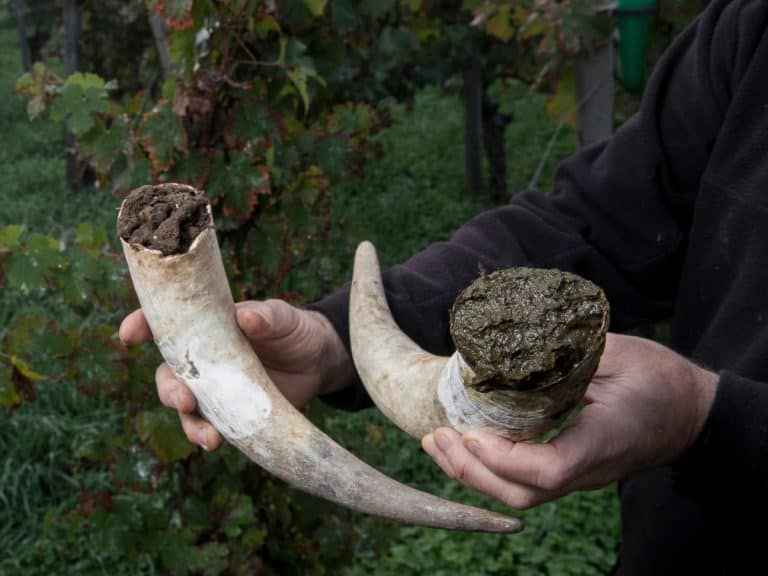It’s surprising that a relatively small market like the United Arab Emirates, traditionally less attached to wine, is now seen as highly attractive by the UK-based IWSR (International Wine and Spirits Record) analysts, who have developed a specific economic index for still wines. Equally surprising is the absence of key players such as China, which has been in steady decline for years, and Japan, one of the largest buyers of Italian wine. The analysis by the prestigious London-based consultancy firm, specializing in market research, reveals a very different scenario from a decade ago, and in some aspects, even from a year ago. The shifts are largely attributed to the pandemic’s impact, economic challenges (inflation), and geopolitical instability.

The United States stays on top
Despite a slowdown in 2023, the United States remains the leading market for wine in terms of attractiveness and growth potential, according to IWSR. This is largely due to the premium segments gaining market share compared to previous years. Canada, after a prolonged post-pandemic lull, has reclaimed the second position. This recovery is driven by trends in premiumization similar to those in the U.S., improved economic conditions, and declining inflation. Switzerland holds steady in third place for the third consecutive year, followed by a surprising rise from Norway, which jumps from 13th to fourth place.

Opportunity in the UAE
The most notable development is the UAE securing the fifth position. While beer and spirits still dominate, wine is increasingly seen as a business opportunity, bolstered by the growth of the tourism industry and the on-trade segment. According to IWSR researchers, restaurants are stocking up on a wide range of labels and denominations, particularly premium wines. Opportunities are also emerging in the premium segment due to the continuous influx of Western expatriates. For Italy, this Middle Eastern market has become increasingly significant, with exports in 2024 (January to August) reaching nearly €20 million, compared to €13 million in 2023. Volumes rose from 2.1 million to 3.4 million liters during the same period.

Resilience of Scandinavian countries
Denmark takes sixth place, marking a strong return to its 2021 performance levels. Australia reappears in the top 10 at seventh place, followed by South Korea, which has experienced a steep decline from second place in 2023. The drop is attributed to rising living costs and economic challenges across the Asia-Pacific region, as well as stricter regulations limiting alcohol consumption. Sweden, a new entry, claims ninth place, while the UK ranks tenth—its lowest position since 2015, when it was fourth. Brexit’s impact has played a significant role in this decline.
China and Japan out of the Top 10
Alongside South Korea, the exclusion of China and Japan is striking. China, which ranked fourth in 2020, continues to experience a structural decline in wine consumption, affecting both Italian wines and overall imports. Japan, once a strong contender (third in 2015), has seen a rise in competition from ready-to-drink (RTD) beverages, which are expected to pose an even greater challenge in the coming years. Germany, another historically significant market for Italy, fails to make the top 10, landing in 12th place. The primary reason is its low levels of premiumization.

Forecasts for 2025
For the coming year, IWSR highlights three trends. The first is linked to inflation, with the cost of living beginning to rise in the Asia-Pacific region and expected to continue doing so at least in the short term. The second concerns new consumer habits, including reduced consumption of alcoholic beverages, the rise of no- and low-alcohol products, as well as the preference for higher-quality labels, including wines. The third relates to wine taxes, which are likely to increase in the United Kingdom from February 2025, and the effects of conflicts and wars in Ukraine and the Middle East.


 With fish, you can (also) drink red!
With fish, you can (also) drink red! The story of the pharmacist who dispenses prescriptions by day and crafts gourmet burgers by night
The story of the pharmacist who dispenses prescriptions by day and crafts gourmet burgers by night It's time for light Prosecco: the lower-alcohol version is the latest innovation in record-breaking bubbles
It's time for light Prosecco: the lower-alcohol version is the latest innovation in record-breaking bubbles "Biodynamic preparations ave no effect on viticulture": The shocking conclusions of a Swiss study
"Biodynamic preparations ave no effect on viticulture": The shocking conclusions of a Swiss study Ten last-Minute Christmas gift ideas for a wine nerd
Ten last-Minute Christmas gift ideas for a wine nerd






